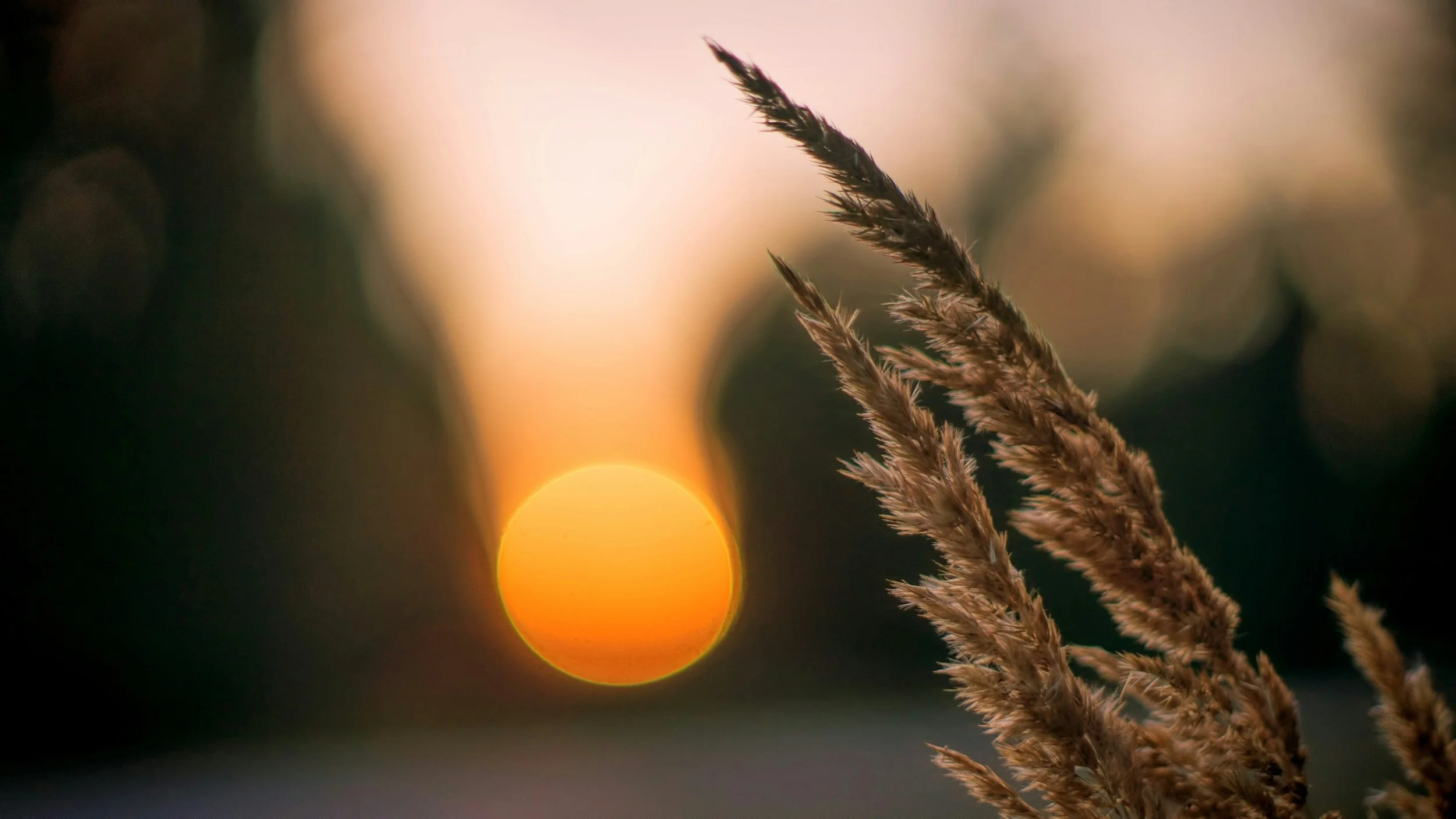What It Means to Be Interfaith
by Brandon LaGreca, LAc, MAcOM
My daughter recently reached a pivotal point in her homeschool curriculum: the study of world religions. Until now, my wife and I had been content to let her experience the sublime through nature, art, and music, instilling a subtle sense of sacredness where others might see only the mundane. Her maternal grandfather, a retired Lutheran minister, complemented this with an appreciation for scripture and Christian prayer, though both grandparents have always respected our family's fluid, non-denominational spirituality.
That gentle balance shifted when we enrolled her in a local Catholic school’s homeschool enrichment program two days a week. Religion is not a required class for part-time students, but immersion in a community where half the student body and all the faculty are parishioners, naturally prompted questions. We chose this program not for its religious affiliation, but because it offered the best academic and social opportunity available to her at this stage. Nevertheless, it marked a turning point, prompting me to more fully share the layered, living nature of my own spiritual life.
Instead of being preoccupied with the minutiae of belief or whether I am living a virtuous life according to any one religious doctrine, I focus on expressing my faith through daily practices and rituals. Being committed to shared spiritual practices (orthopraxy) rather than shared beliefs (orthodoxy) allows me to find common ground with many religions while still casting a wide net across the landscape of faith.
I meditate like a Buddhist. I practice a simple seated meditation which I learned during a retreat at a Zen monastery: relaxing the body, stilling the mind, and dwelling in the present without seeking to accomplish anything. I later discovered similar teachings at a Tibetan monastery, affirming the universality of this gentle discipline. Though meditation takes many forms across traditions—contemplative, discursive, and more—the Buddhist approach appeals to me for its quiet directness. No visualizations, no recitations, no striving. Simply being.
I pray like a Christian. Whether turning the beads of a rosary, offering intercessory prayers for protection and guidance, or whispering spontaneous prayers in moments of reflection, I continue to converse with the divine through the forms taught in my Christian upbringing. Prayer remains for me not an obligation, but a living dialogue shaped by love and gratitude.
I chant like a Hindu. My heart first opened to devotional chanting during kirtans led by Western yogi Krishna Das, where sacred names are sung in a call-and-response form that invites deep participation. Within Hinduism, this practice belongs to the path of bhakti yoga—the yoga of devotion. When I chant, I often hold a japamala, a string of prayer beads similar in function to a Christian rosary. As my fingers move from bead to bead, I inwardly repeat a mantra, one of many names for the divine. In this way, chanting becomes meditation, and meditation becomes love, stitching the mind and heart together through sacred repetition.
I perform ritual like a Druid. Among other forms of eco-spirituality, the Druid revival invited me to place my spiritual leanings within the greater context of natural rhythms. Honoring the solstices and equinoxes has become a cornerstone of this practice for me. For example, at the winter solstice, I set aside time for introspection, retreating inward to reflect on the past year and spiritually prepare myself for the return of the light. These rituals ground my spirituality not in abstract ideas alone but in the living, breathing cycles of the Earth. In celebrating the turning of the seasons, I enter a relationship of reverence rather than dominance with creation.
And I think like a Taoist. As a practitioner of traditional Chinese medicine, yin-yang dualism informs every aspect of medicine, diet, and lifestyle, with harmony deriving from the dynamic balance between these two principles. More subtle still is the ineffability of the Tao itself, which stands as a placeholder for the great mystery that defies all naming. In Taoism, I have found a liberating peace with life's unanswered questions, trusting in the unfolding of mystery rather than demanding certainty.
How, then, do I explain this to my daughter, who is growing up in a world often more concerned with asserting religious correctness than with cultivating humility and compassion? One challenge she will inevitably face is the question of God’s will. Some adherents are content simply to practice their faith, while others may feel compelled to convert her, believing it is an act of love or duty. Evangelism is often well-intentioned, but also, by nature, exclusionary.
My answer—to both her and to any would-be evangelist—is to wonder aloud whether it is God’s will that my daughter be Muslim, Jain, Wiccan, or a member of any other organized or non-organized spiritual tradition? I have met and learned from wise elders of many faiths, reinforcing my conviction that servants of God, Goddess, and goodness exist within every tradition that upholds some form of the Golden Rule. Either my daughter will find spiritual meaning and fulfillment through divine guidance, or she will blaze her own trail by the grace of her sacred experiences. Either way, little (if any) credit belongs to the evangelist.
What, then, does it mean to be interfaith? It means I have yet to find a place—whether among human institutions of faith or in nature’s wild sanctuaries—where the divine does not dwell. More than anything, I want my daughter to know that she lives in an inherently benevolent universe. Though humanity’s darker emotions sometimes obscure the light of the Beloved, that light continues to shine—within, through, and all around us.




